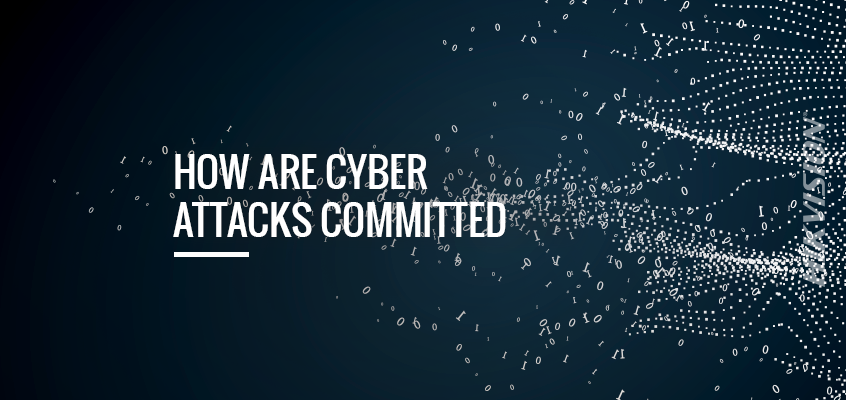Hikvision Cybersecurity Director: How Cyber Attacks are Committed

Hikvision’s director of cybersecurity, Chuck Davis, is working together with the Hikvision Security Lab at Hikvision headquarters to lead the cybersecurity program for Hikvision North America.
Education and outreach are of paramount importance in an effective cybersecurity program, Davis said in an article. Part of his efforts include educating and working with Hikvision partners on cybersecurity best practices.
Below, Davis outlines various malware that can become real security threats:
- Virus: Code that is capable of copying itself to other files and systems and typically has a detrimental effect
- Worm: Replicates itself and propagates across a network
- Trojan: Leaves PC unprotected from threats
- Spyware: Sends private information back to spyware administrator
- Adware: Monitors Internet behavior and shares it with advertisers
- Phishing: Used to trick the recipient into revealing sensitive information
“Many websites now use HTTPS, so a warning will be given if you are being redirected to an unknown website certificate that might be trying to fool you and that doesn’t match the original certificate,” he said. Davis adds that “17 percent of all Android apps (nearly one million total) were actually malware in disguise,” according to the 2015 Symantec Internet Security Threat Report.
For more tips from Hikvision’s cybersecurity director on ways to minimize cybersecurity threats and vulnerabilities, click here.
